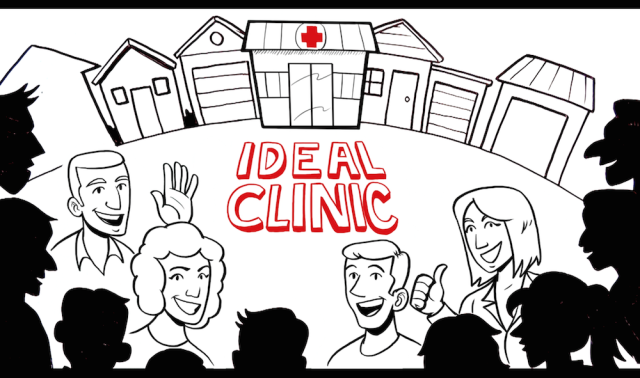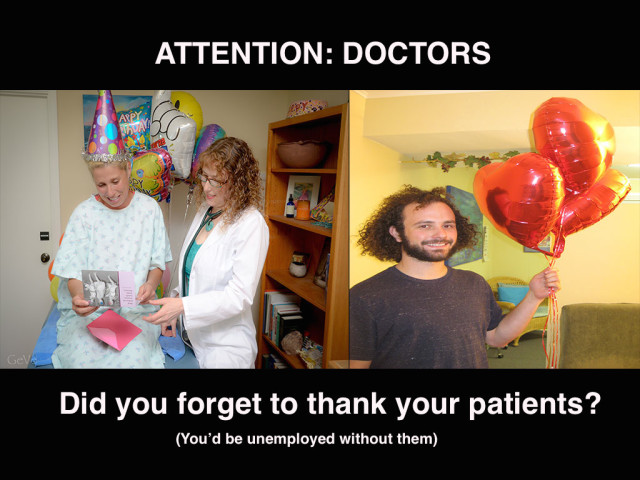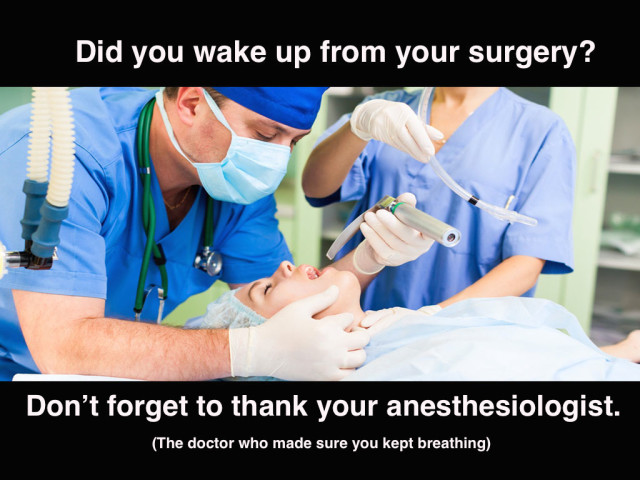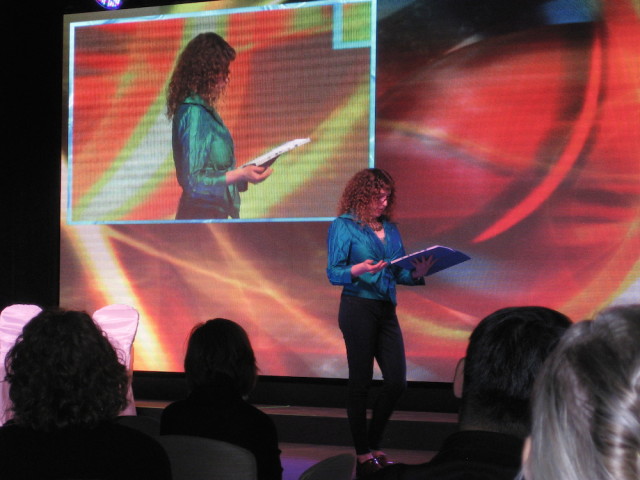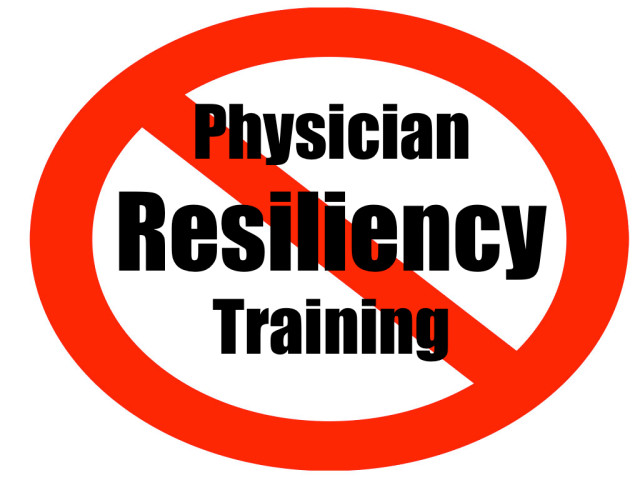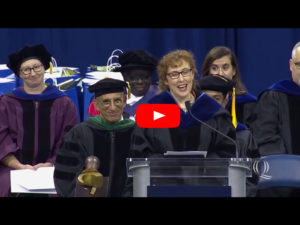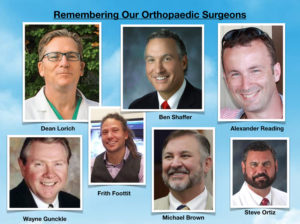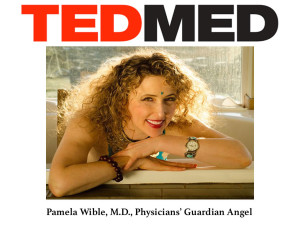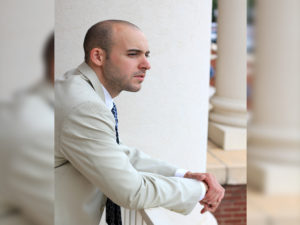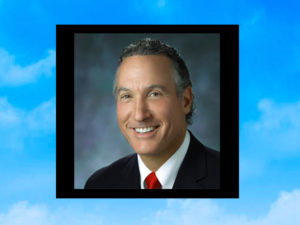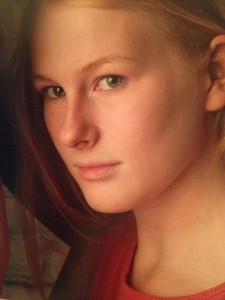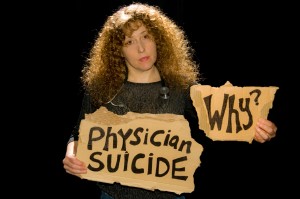There’s a gazillion scholarly articles on patient-centered care. You can even attend conferences on how to deliver patient-centered care. Or you can stop all the academic masturbation and just do it.
The Pap Party is a perfect example of patient-centered care.
The History of the Pap Party
My patient Sandra, an uninsured woman in her fifties, calls for a physical. As I’m scheduling her, she asks if she can bring her friend Teresa who’s uninsured and needs a physical too. I reply, “Sure! Bring all your friends.” We decide to turn her appointment into a party.
One week later, bursts of laughter echo down the hall as Sandra and Teresa enter my office and sit together on the sofa. I pass around a tray of chocolate-covered strawberries as we review their medical histories. I perform both their physicals and Pap smears and an hour later we’re still cracking up. They leave with door prizes and balloons tied to their Pap specimens which they drop off at the lab.
I celebrate the joy of Pap parties in chapter 26 of my book, Pet Goats & Pap Smears, and after reading my book a physician friend invites me to her house for a Pap party! WOW!! Since I’m late on my Pap smear, I definitely take her up on it.
In case you’ve never been to a Pap party, here’s how ya do it:
1. Cross over the railroad tracks and footbridge into the Pap Palace.



2. Make sure you’re in the right house. Look for evidence of the Pap party.
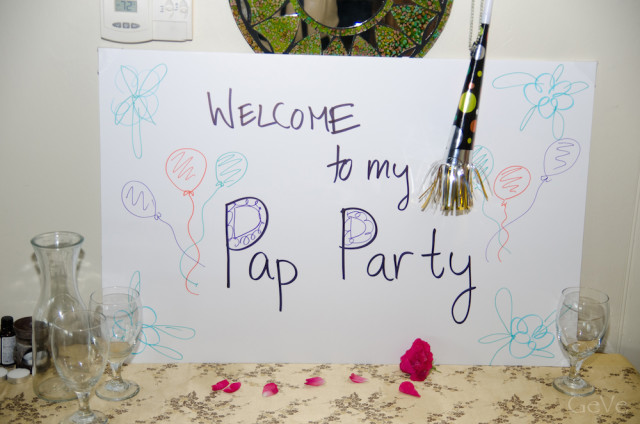
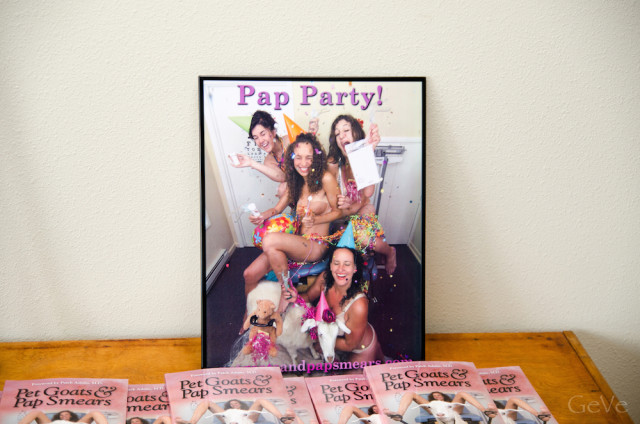
3. Pass out party favors, Pap smear books, and answer Pap questions.
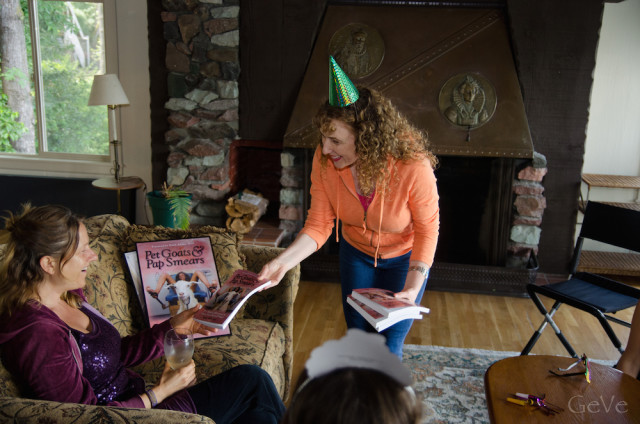
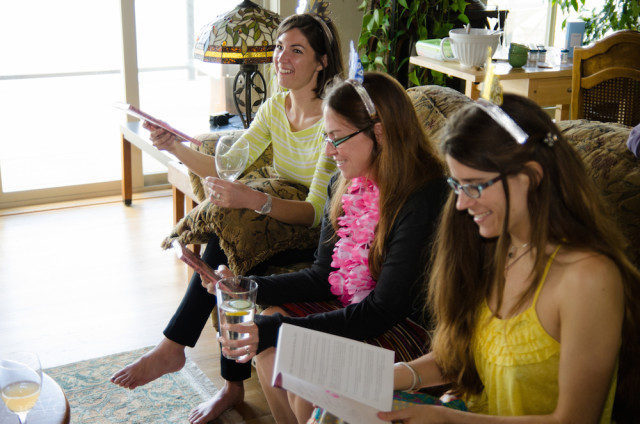
4. Perform Pap smears while feeding each other truffles & sipping on wine!
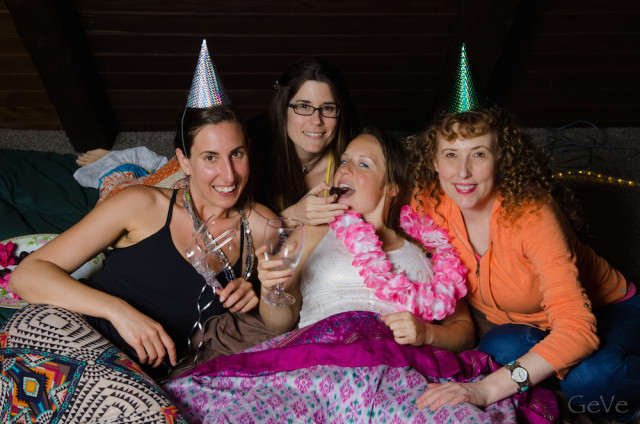

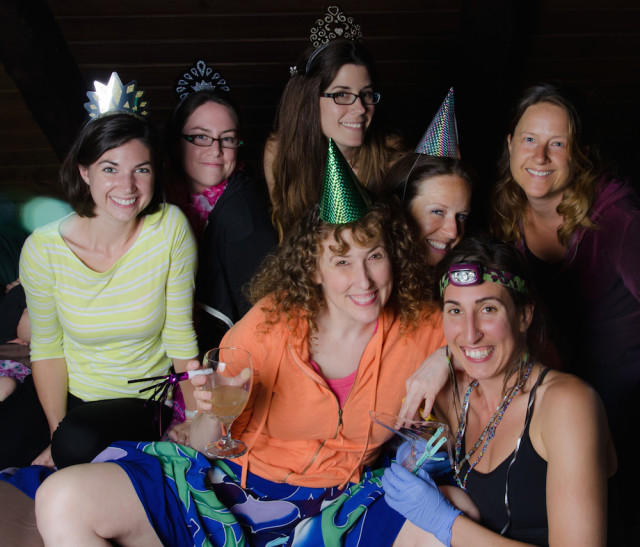
5. Wish you were there? Listen to what the ladies had to say:
What do you think?
Is this patient-centered health care or what?
** P.S. My Pap smear is NORMAL! Yay!!! **
Pamela Wible, M.D., is a pioneer in the ideal medical care movement. She helps communities design patient-centered ideal clinics. Click here to > join the movement for ideal medical care.

